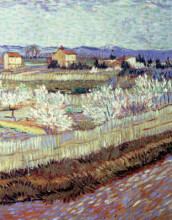Catchments - Hydrograph
13 important questions on Catchments - Hydrograph
What is a hydrograph?
What are the 4 forms of quickflow/direct runoff?
-Macropore flow
-Saturation excess overland flow
-Infiltration excess overland flow
floods and inundations are often caused by quickflow
What is the difference between percolation and infiltration?
- Higher grades + faster learning
- Never study anything twice
- 100% sure, 100% understanding
Name four river types
-mixed rivers, mixed rivers have a more constant discharge due to melting ice and snow in summer.
-Perennial streams: Streams which carry water year-round
-ephemeral streams: run dry part of the year
What are discharge dynamics?
What is the difference between perennial streams and ephemeral streams?
The catchment delays and attenuates (dampens) the precipitation signal. What does the amount of delay and attenuation depend on?
-channel network
-precipitation event
-catchment wetness
How can hydrographs be separated?
What is the slow decrease in baseflow during drier periods called?
What effect does elongation on the catchment have on the discharge peaks?
Which factors increase the probability of quickflow and high discharge peaks?
-low infiltration capacity
-high drainage density
-high precipitation intensity
-wet initial conditions
-rain on snow
-uneven precipitation distribution:
When a large amount of precipitation falls on one location, the soil becomes saturated locally, leading to saturation excess overland flow. When the precipitation is more evenly distributed over the catchment, the soil will probably be able to store all the water.
With which two terms can the temporal dynamics of catchments be quantified?
-response/lag time (tr): time difference between a rainfall event and the resulting discharge peak
What is a width function of a river network?
The question on the page originate from the summary of the following study material:
- A unique study and practice tool
- Never study anything twice again
- Get the grades you hope for
- 100% sure, 100% understanding





























